Great growth opportunity
Vietnam has made many important steps in its efforts to participate in the global value chain of the semiconductor industry. Currently, a number of famous investors have implemented projects in Vietnam such as Amkor, Intel, Samsung... Some domestic enterprises, such as Vietnam Posts and Telecommunications Group (VNPT), Military Industry and Telecommunications Group (Viettel) or FPT Corporation have also made very remarkable steps. In particular, FPT has provided microchip design services and successfully designed semiconductor chips.
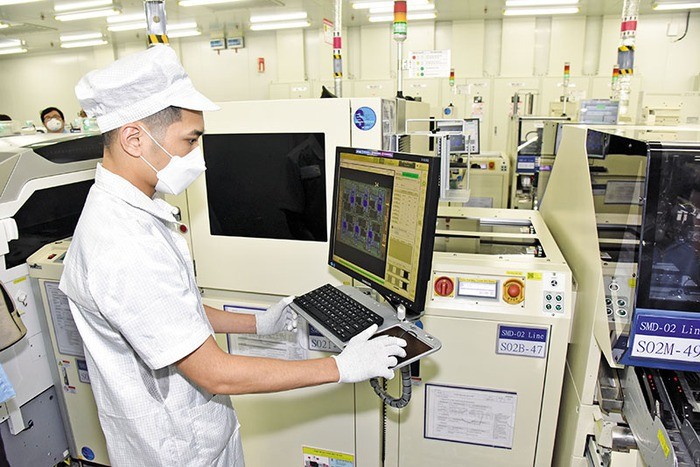
The Government recently issued the Strategy for Vietnam's Semiconductor Industry Development to 2030 and Vision to 2045 and approved the Program for Human Resource Development in the Semiconductor Industry to 2030, with a vision to 2050, with the goal of turning the country into a global semiconductor and electronics industry center.
Member of the Executive Committee of the Vietnam Electronics Industry Association Do Thuy Duong acknowledged that the Strategy for the Development of Vietnam's Semiconductor Industry to 2030 and Vision to 2045 shows that the highest-level leaders of the Vietnamese Government are very interested in and want to develop the semiconductor industry. This is the legal basis for maximizing the country's resources in the next specific action programs to gradually realize the goals set out in the strategy, so that Vietnam becomes an important part of the global semiconductor supply chain.
Assessing the potential of the semiconductor industry in Vietnam, General Director of CoAsia Semi (Korea) in Vietnam, member of the Board of Directors of the Vietnam Microchip Community Nguyen Thanh Yen said: Vietnam has a special position, is a region that accounts for a large proportion of the global semiconductor market and is considered to be the place to shape the future development of this field. Stable politics, optimal location in terms of logistics costs... are also outstanding advantages of the country. Over the past 20 years, Vietnam has owned a human resource of more than 5,000 chip design engineers. The country's engineers have proven their capacity in their work, thereby gaining the trust of managers abroad.
Currently, in important chip design projects of organizations, Vietnamese engineers are assigned to highly specialized and challenging tasks. In addition, more and more large companies are deciding to set up offices or expand the scale of chip design engineers in Vietnam.
In addition, every year, we have more than half a million students applying for university admission. This is a very impressive number, ensuring the human resource factor for any investment and development plan in the semiconductor sector in Vietnam.
In particular, the legal corridor to facilitate the priority of attracting investment and developing semiconductors has been built. Accordingly, the Investment Law and the Corporate Income Tax Law have added special incentives for high-tech, large-scale, high-value-added projects, including semiconductor manufacturing projects. This is an attraction for large enterprises to invest in this potential field.
Need strong, synchronous investment
According to the forecast of the Semiconductor Industry Association (SEMI), the Vietnamese semiconductor market will reach about 7.01 billion USD by 2028, with a growth rate of about 6.69%/year in the period 2023-2028. In the trend of the global semiconductor industry continuing to develop, SEMI believes that Vietnam will become a potential market in the semiconductor industry, attracting "giant" technology enterprises to invest, expecting great growth.
Many people believe that in order to seize and realize this opportunity, there needs to be strong and synchronous investment in the fields of training, research and development, as well as improving technological infrastructure. At the same time, it is necessary to create conditions for cooperation between enterprises, research institutes, and training facilities to enhance our country's competitiveness in this field in the future.
Chairman of the Korean Business Association in Vietnam Hong Sun made three recommendations to develop the semiconductor industry in Vietnam. First of all, regarding the legal framework, legal regulations must create a foundation and conditions for investors to feel secure in investing and have special incentives. Next, semiconductor production requires a huge amount of electricity, many times more than conventional industries, so Vietnam needs to pay special attention to the power supply. Finally, regarding human resources. Semiconductors are not 100% produced by machines and equipment, but must have people who understand and handle, and participate in the stages. Therefore, Vietnam must invest in developing high-quality human resources.
Vice President of the Association of Foreign Invested Enterprises (VAFIE) Nguyen Van Toan said that Vietnam needs to further promote intellectual property rights. Currently, the Intellectual Property Law is available, but its implementation needs to be better, more thorough, and more effective so that the law can be put into practice and prevent counterfeit goods, fake goods, and goods that infringe upon intellectual property rights.
In addition, it is necessary to build social infrastructure, such as building safe, comfortable and healthy accommodation for workers and laborers. This is a must, because there have been valuable lessons when we had good engineers and scientists and technicians but they could not develop their skills when working in Vietnam, because the living and working environment was not good, so they chose to work and settle abroad. At the same time, there are breakthrough policies such as preferential tax policies, tuition support mechanisms, and land incentives to build research, production and training facilities.
Source: https://kinhtedothi.vn/de-nganh-cong-nghiep-ban-dan-cat-canh.html


![[Photo] April Festival in Can Tho City](https://vstatic.vietnam.vn/vietnam/resource/IMAGE/2025/4/10/bf5ae82870e648fabfbcc93a25b481ea)

![[Photo] Unique folk games at Chuong Village Festival](https://vstatic.vietnam.vn/vietnam/resource/IMAGE/2025/4/10/cff805a06fdd443b9474c017f98075a4)


![[Photo] Opening of the 11th Conference of the 13th Party Central Committee](https://vstatic.vietnam.vn/vietnam/resource/IMAGE/2025/4/10/f9e717b67de343d7b687cb419c0829a2)




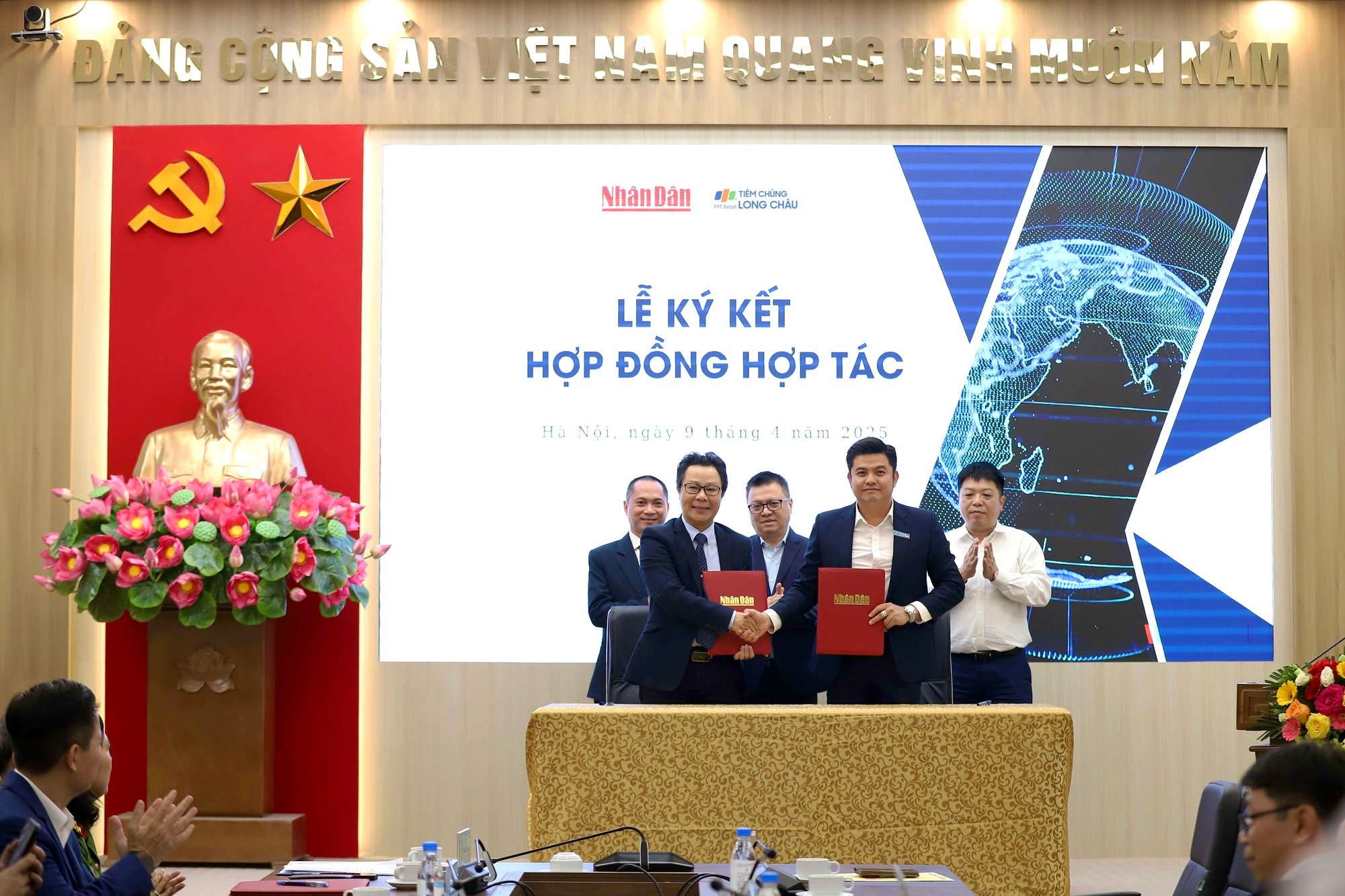

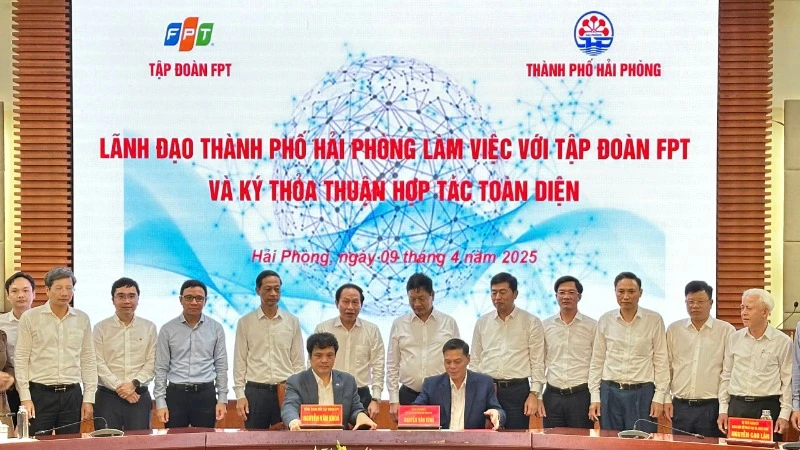

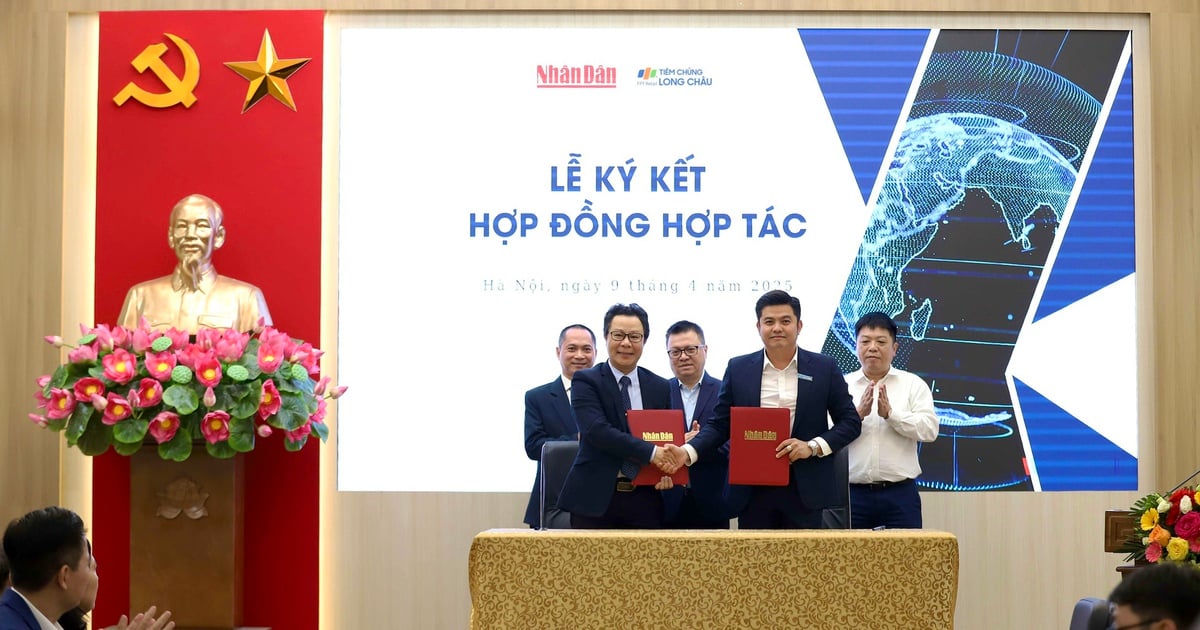



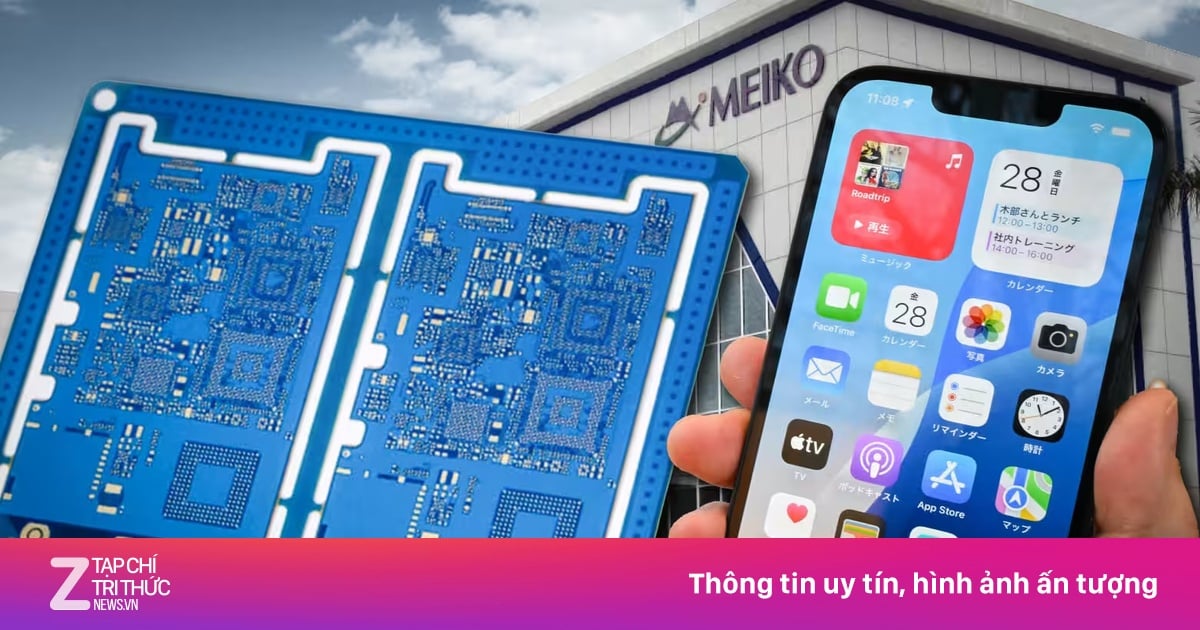
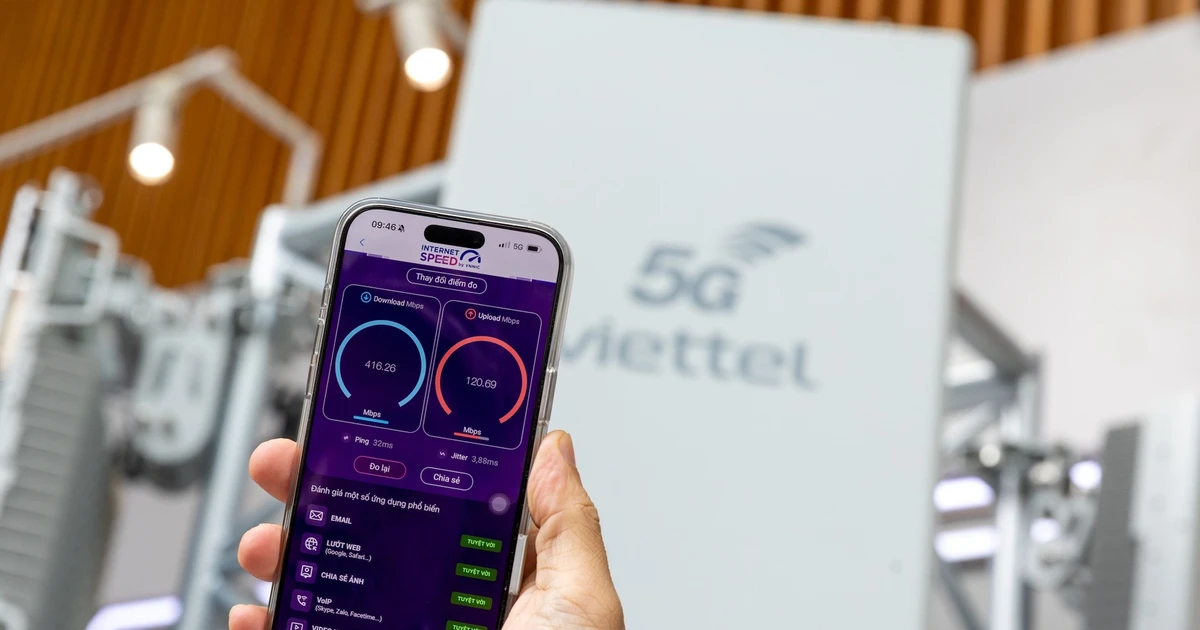






















































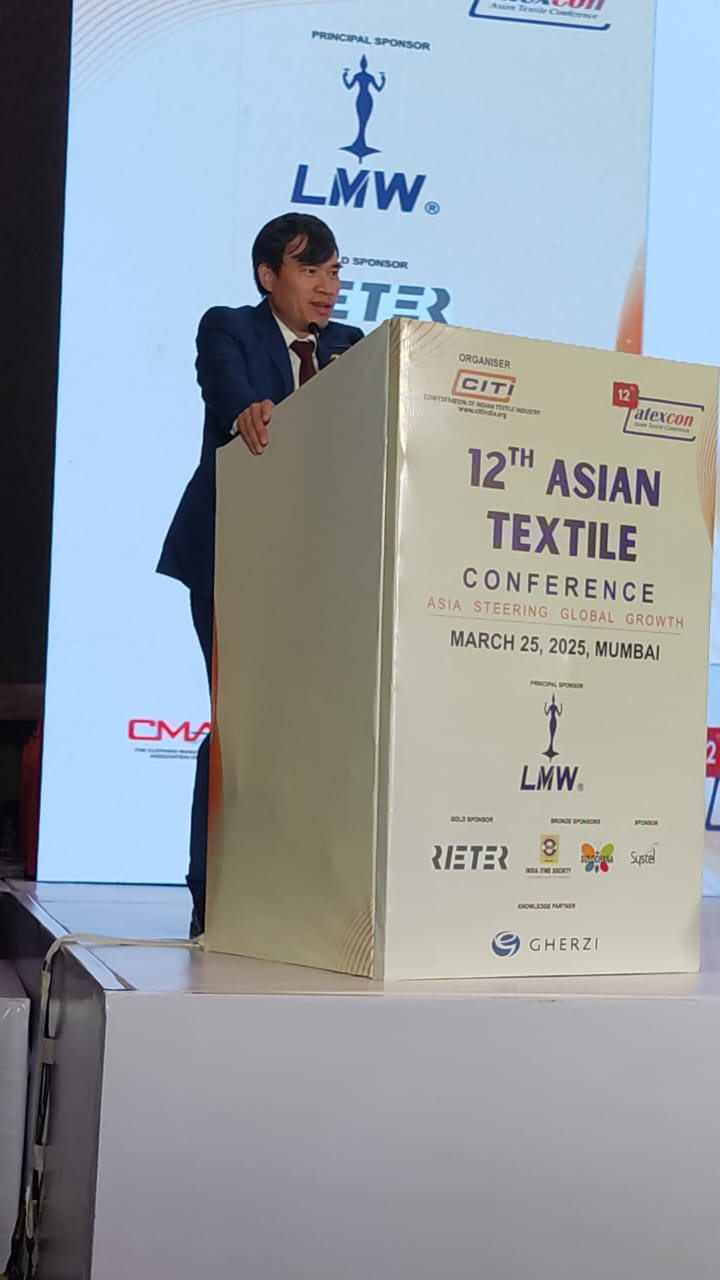
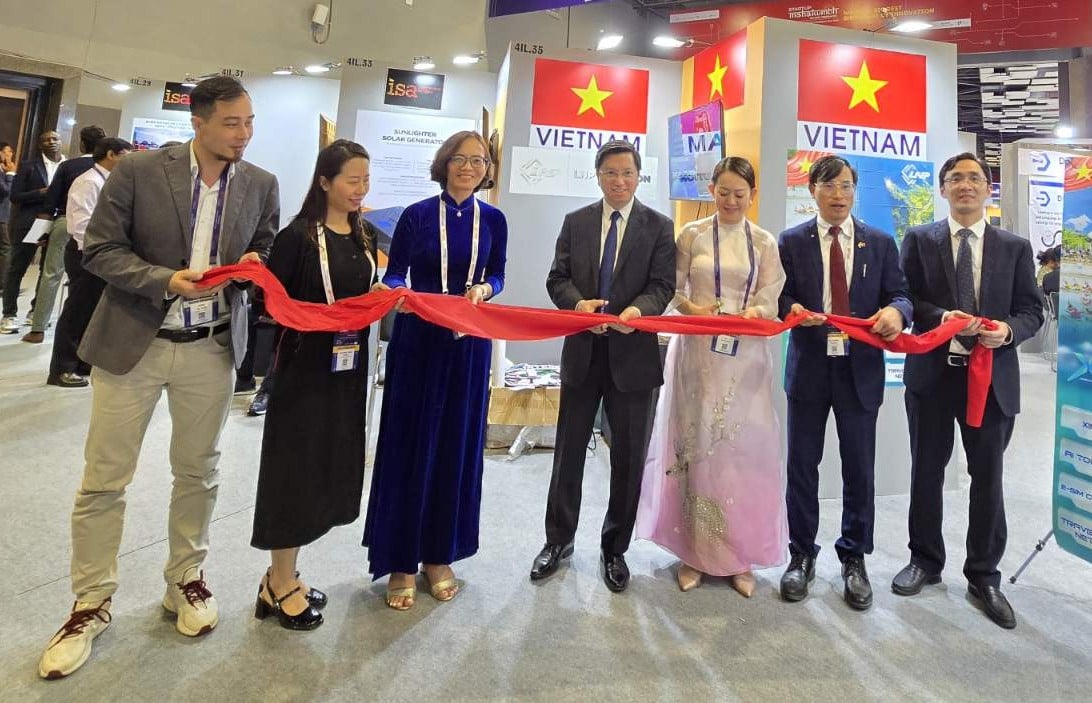
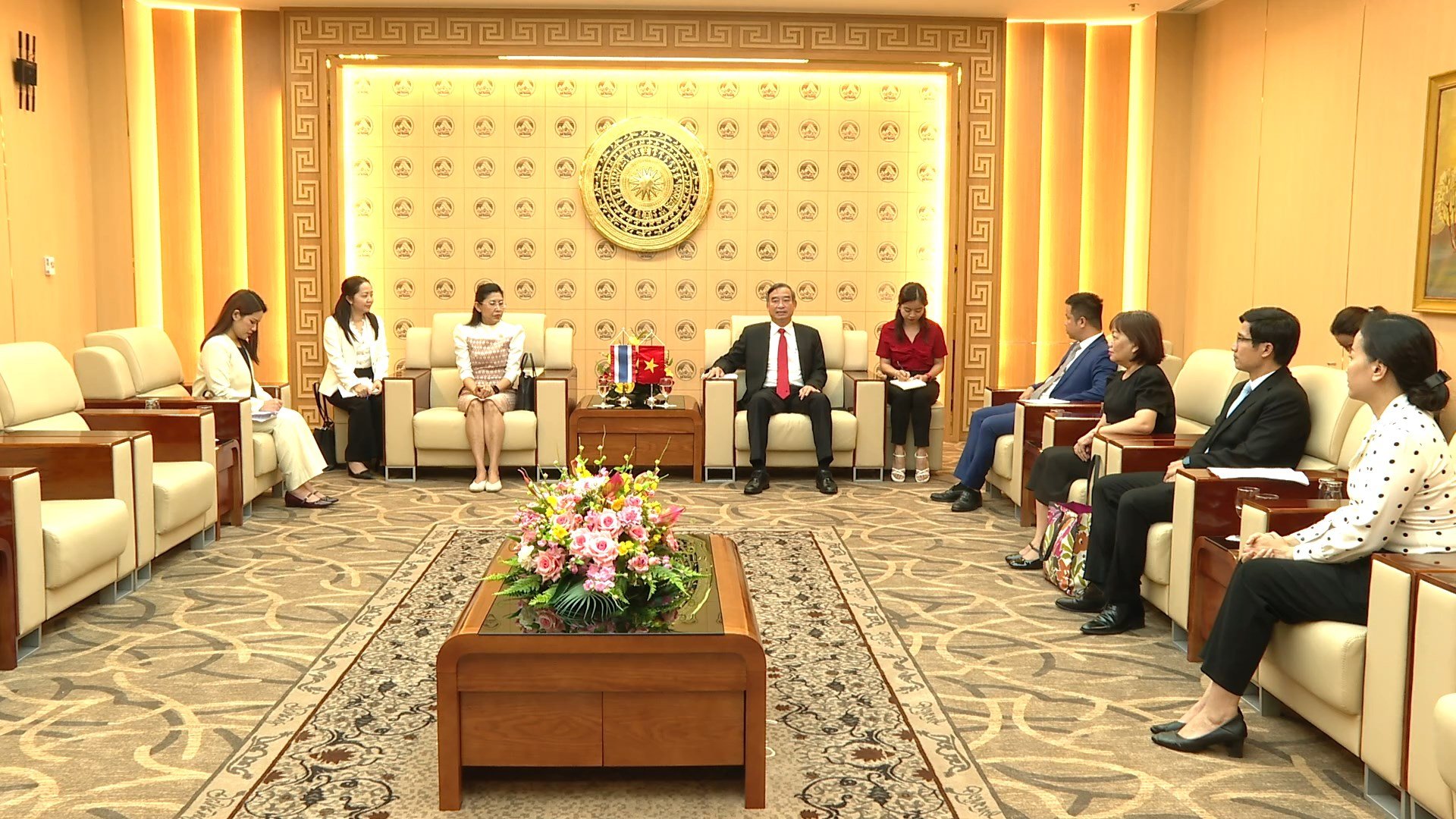

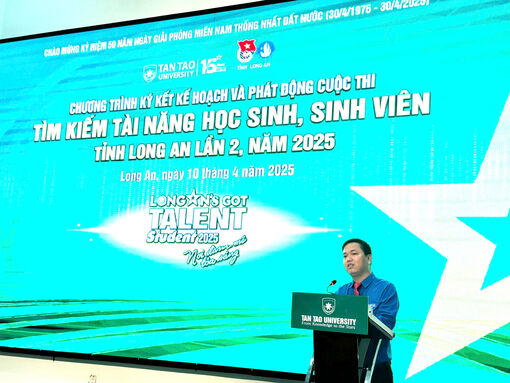
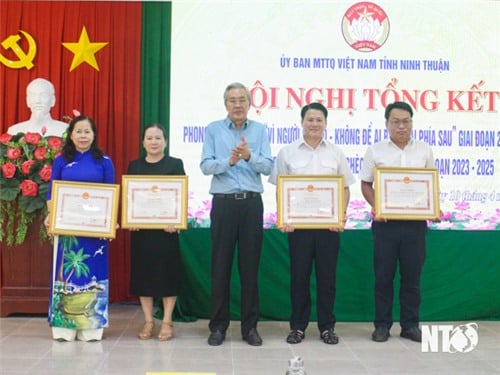










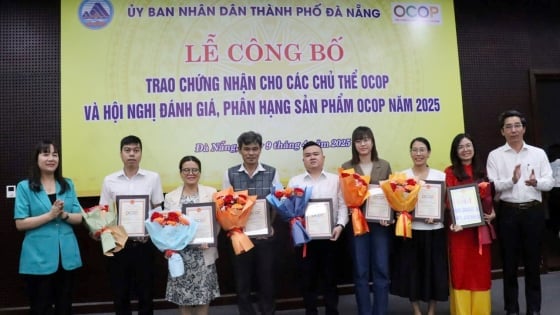
Comment (0)